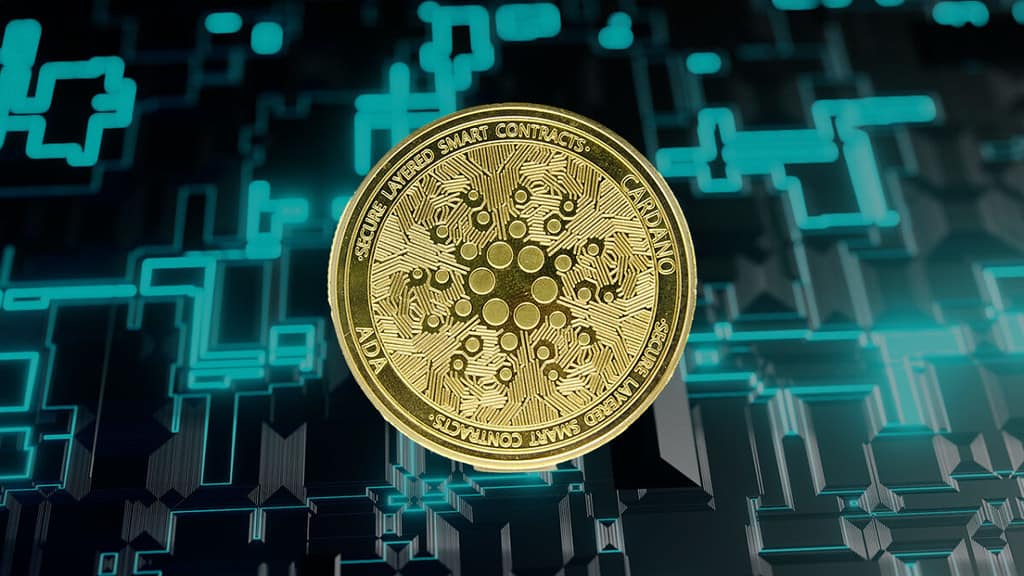In a tweet, Cardano co-founder Charles Hoskinson explains why burning ADA is not as easy as it sounds. The crypto community of various projects has been searching for strategies to raise demand, lower supply, and drive up prices. This idea opened the door for burning, which included sending tokens to a dead wallet.
Dead wallets are unclaimed, abandoned wallets that have been left alone. The tokens supplied to that wallet are therefore effectively lost since no one holds the ownership. People anticipate that this procedure will decrease the available supply and cause prices to increase.
Why Cardano (ADA) burn is not easy as it sounds?
Charles Hoskinson shares his thoughts on ADA burns in a response to @PerAsperaVinco on Twitter. In the following tweet, the Twitter user criticized Charles Hoskinson and his comparison of ADA burns:
“The astonishing power of ignorance is revealed when someone as intelligent as Charles Hoskinson believes burning coins is destroying someone’s property. The analogy isn’t even correct; it’s more like destroying part property to make the rest more valuable than the original.”
Hoskinson said in his post that Cardano lacks a supernatural ADA reserve. He also stated that all ADA is held by real persons who are the rightful proprietors of the ADA they hold. He clarified that in order to destroy ADA, it must first be collected from the people and transferred to a dead wallet.
Hoskinson discussed various initiatives and how they conduct burns in another tweet reply to a Twitter user. He said that some founders will have power over a premise of tokens. Hoskinson noted that when there is less liquidity, they even destroy the tokens in hand in order to control the price. Additionally, he emphasized that Cardano does not hold such a large quantity of ADA.
He asserts that ADA holders and SPOs are the exclusive owners of all ADA tokens (Stake Pool Operators). Hoskinson emphasized that since they gain incentives from using ADA, taking it away from them to burn would be like robbing them of their property. Tokens are burned when they are sent to dead-end wallets and locked there, where they cannot be spent or withdrawn.

